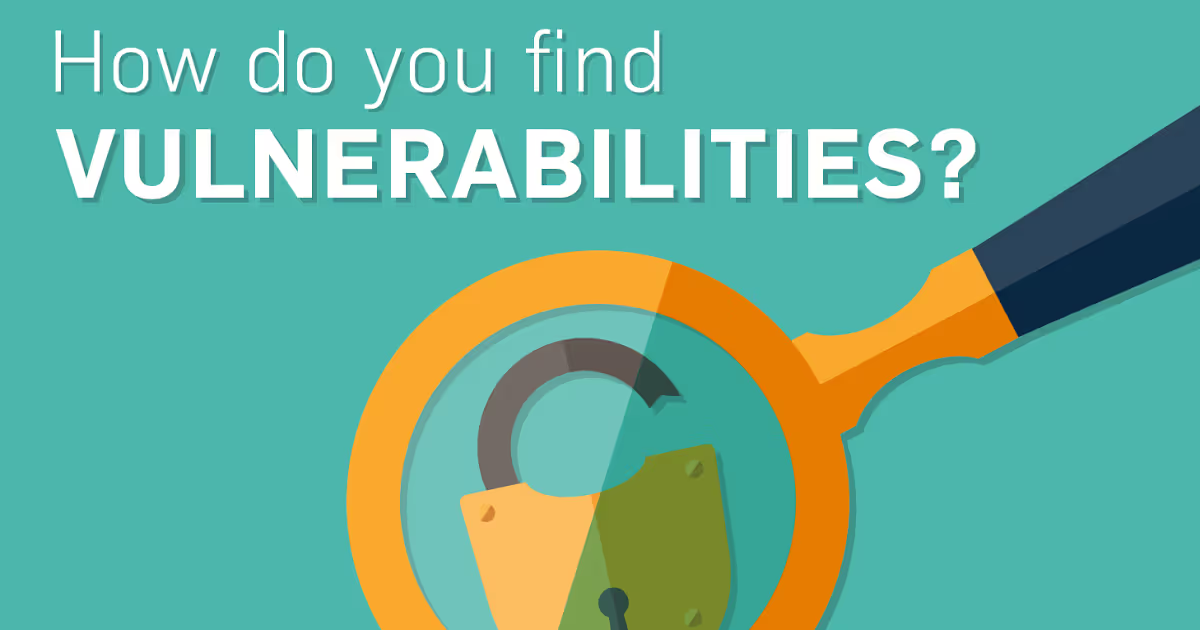Spotting Vulnerabilities – Is Vulnerability Scanning Antiquated?
Vulnerability scanning is one of the only crucial things that can help companies keep up-to-date on emerging vulnerabilities.

Vulnerability scanning is one of the only crucial things that can help companies keep up-to-date on emerging vulnerabilities.

This blog was originally featured as an article in Hospitality Upgrade.
I often hear, “Isn’t vulnerability scanning outdated?” from my clients. After all, with log monitoring and patch updates readily available, they tend to wonder, “What’s the point?”
However, without ongoing vulnerability assessment (VA), the probability of exploits and compromise for a company rises dramatically.
See also: Vulnerability Scanners 101: What, Why, and How to Comply
Move beyond the it-can’t-happen-to-me feeling of security and look at the facts: an average of 19 new vulnerabilities are reported per day, according to the National Vulnerability Database.
If you look at headlines recently published in the media, it’s easy to see not all attacks are targeted to a specific business.
For example, vulnerabilities like Ghost, Poodle and Heartbleed actually attacked systems based on specific vulnerabilities.
Many large, popular retailers and companies may not have lost as much sensitive data if they and their third party vendors had been practicing regular VA scanning to discover vulnerabilities within their networks and sites.
Did you know the same vulnerability scanning tools that enterprise businesses should be using are the same tools attackers use to discover vulnerabilities? Vulnerability scanning, in fact, is one of the only crucial things that can help companies keep up-to-date on emerging vulnerabilities.
See also: Perimeter Scan Vs. External Vulnerability Scan
In order to systematically shrink a company’s risk window and prevent a data breach, critical vulnerabilities must be continuously identified, prioritized and remediated across a significant portion of the network.
See also: How Long are Businesses Vulnerable Before a Breach?
Here are a few examples of vulnerabilities that your organization’s VA tools should catch (and that your IT team should repair immediately):
A correct vulnerability management program takes a wide range of network issues into consideration. It not only identifies weaknesses that may need correction, including misconfigurations and policy noncompliance vulnerabilities that a patch management system alone may not be able to address, but also delivers an across-the-board picture of all systems, services and devices that can potentially breach a network.
See also: SecurityMetrics PCI Guide
Due to what was once perceived as a complicated, disruptive process to daily business functions, it’s no secret that VA has caused some huge management headaches over the years.
On top of that, most organizations treat vulnerability management as an occasional and isolated spot check process, largely focused on addressing immediate issues. When a company views VA as a random point-in-time, it is not only a detriment to the industry, but also a practice ineffective at minimizing risks.
Industry best practice is to scan quarterly (at the very minimum) and include a system to speedily remediate discovered weaknesses.
See also: Top 5 Security Vulnerabilities Every Business Should Know
It can be challenging for IT departments to gain management support when it comes to enforcing security-related policies and procedures. After all, change can be difficult to implement from middle management up through an organization.
But VA activities must have acceptance from the highest executive levels of an organization in order to be effective. It’s critical that management understands the importance of the assessment to the organization as a whole, and give IT the approval to perform scanning activities.
Keep in mind: The time it takes an IT team to repair and recover from vulnerability exploitation usually has far greater impact on a business than the shorter amount of time it takes to get the organization up to speed on a VA solution.
Once a company has buy-in across the board, it’s important to encourage awareness and training among team members. Typical VA awareness training within a company should include:
Some organizations decide to conduct the scanning process independently, especially with the introduction of scanners that do not require advanced security knowledge to install or implement. When it comes to internal scanning, companies are allowed to use their own product, but to comply with the Payment Card Industry Data Security Standard, they must use an approved scanning vendor for all external VA scans.
Need an approved scanning vendor? Check out our external vulnerability scanner!
As long as hackers and their malware are out there, vulnerability scanning will continue to be a necessary part of everyday security operations. With this simple approach, security holes can be repaired before they become problematic, and companies can proactively fend off attacks before they occur and do serious damage.